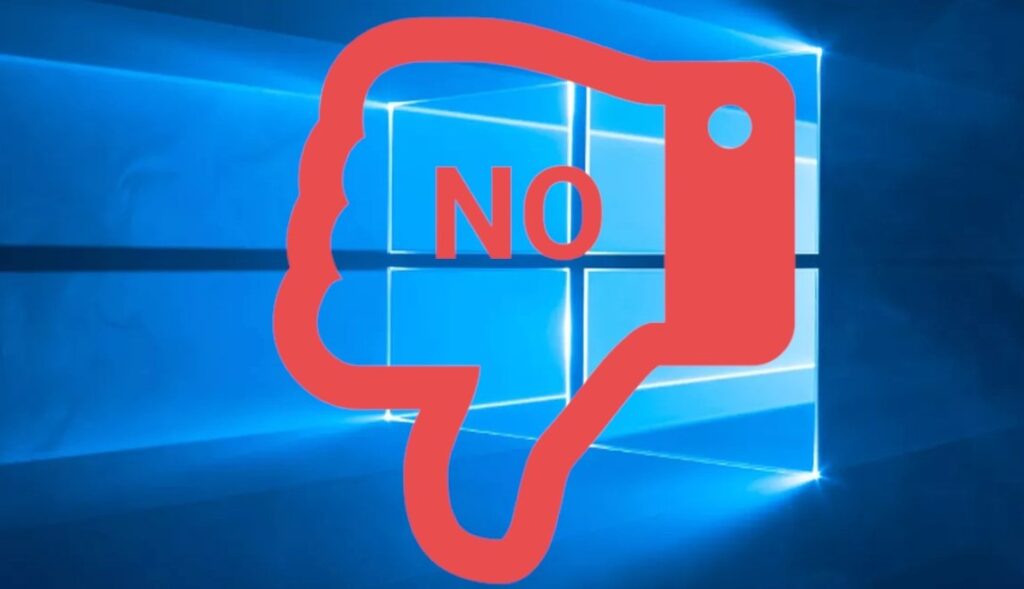
Microsoft is constantly making updates to its Windows operating system. It’s great that people are using it more than ever, but there are still plenty of reasons why Windows sucks. Many users have complained about how the bloatware clutters up their hard drives and slows down their computer. Here’s what they don’t like about the latest version of the OS. While you can uninstall these apps from your PC, you’ll likely find them again after a major update.
First, the design structure is wildly inconsistent and unorganized. This results in a confusing user interface, which is difficult to navigate. Also, the UI looks different than on any other operating system. The lack of uniformity is another reason Windows sucks. You’ll notice this if you look around. Moreover, you’ll notice that some of the most common features of Windows don’t have the same appearance and are spread all over the screen.
The user interface is unorganized and has too much clutter. The user interface is not consistent and there are many different elements that look the same. You’ll be unsure of which one to use. A user can also find it hard to navigate through it and make changes. Its overall design structure is lacking consistency and isn’t very intuitive. This is a problem with Windows, as it makes it harder to do simple tasks.
Besides this, Windows introduces new problems. This causes so much busy work that whole industries have sprung up to help people solve these problems. The infrastructure of Windows is also a billion-dollar industry that is constantly trying to improve its use. Sadly, these companies aren’t making Windows more useful. The only thing they’re wasting is your time and energy. There’s a better way to improve your PC’s performance.

The problem with Windows is its error messages. It tries to coddle you with error messages that you can’t understand. While this might work for some, it will not work for you. You’ll have to dig deep to fix the problem. Its errors aren’t clear. They’re only designed to confuse you. They can make your PC crash and even cause a virus. You should try to get the actual error message before you try to fix it.
It’s important to understand that Windows sucks because it’s poorly designed. It has too much clutter and an unorganized design structure. Almost all of the programs in Windows are bloated and inconsistent. Those that do not need all of the features of a computer are just wasting their time. So, it’s better to use an operating system that’s well-designed. This will make it easier to navigate through the operating system.
Mess of unorganized features
Windows sucks because it’s a mess of unorganized features. While Windows is the most popular operating system, it’s not the most stable. It crashes often and has no reliable backups. While it provides a familiar environment for us, it’s a nightmare for gamers. In order to get past this, you must make Windows behave like it did when it was designed. If it’s bad, you should replace it with an operating system that’s based on Linux.
The default desktop of Windows 10 sucks because of its lack of consistency. There is too much clutter in the system’s design and user interface. It’s hard to find a particular program. The settings window doesn’t show up properly on a 1920x1080p screen. If you don’t have the proper settings, windows defender will keep putting itself in the action center. In addition to this, the default settings for font size and group policy are useless.
When Windows sucks, it’s because of the way it presents itself. It has too much clutter, and its user interface is inconsistent and incompatible with other operating systems. For instance, Windows 10 is not compatible with VMWare, and it has problems with deleting files and folders. In addition to that, the default desktop is not user-friendly for small business users. It also lacks proper file hierarchy.
Another reason that Windows sucks is that Microsoft has taken a step back from its quality standards. The updates that came out after the release of Windows 8 were mostly “problem-solvers” rather than problem-solvers. As a result, Windows 10 updates only make things worse. Almost every single update breaks some of the features, and brings new bugs. It is impossible to know whether a given version is the best option for your needs.